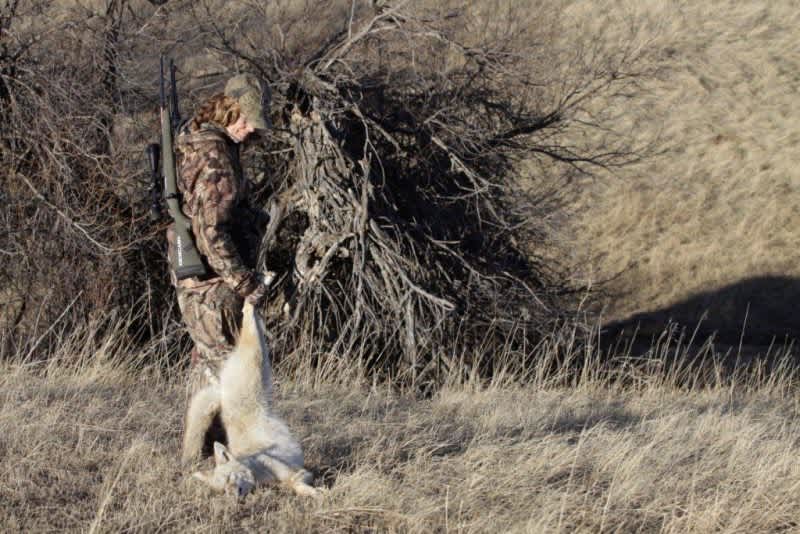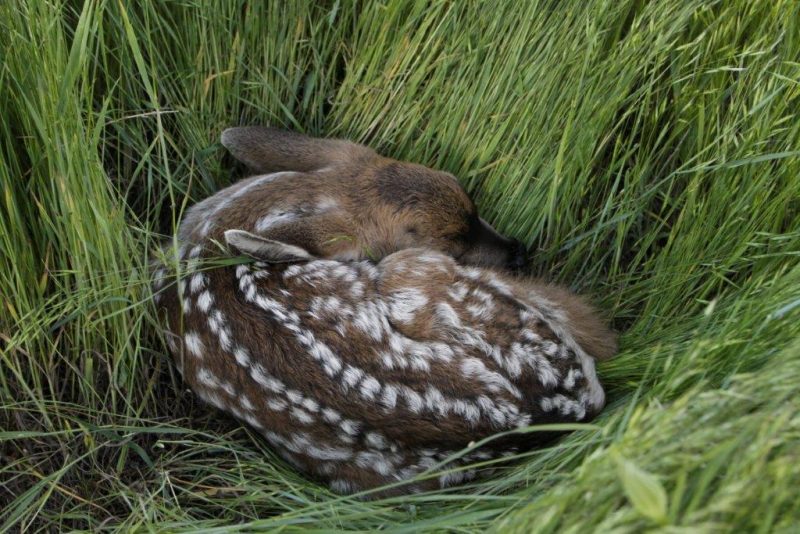Springtime ‘Chore’ – Kill a Coyote to Save Several Fawns
Mark Kayser 03.07.17

It’s been a long winter. Fur value is decreasing, so it’s time to put up your coyote gear and move on to other pursuits like the honey-do list you have that is a mile long.
Stop right there!
Are you a deer hunter? If so, your coyote hunting still has another purpose. It’s time to remove as many coyotes as you can from areas you deer hunt or manage.

There are many views on whether coyotes are having an impact on deer numbers, but there’s no debate on whether coyotes swap diets in the spring to a fawn-heavy meal plan. Numerous studies show that as much as 70 percent of a coyote’s diet can be made up of fawns in June and July. Whether your state has data that says coyotes make only a 20 percent dent, or as in others where fawn mortality at the hands of coyotes exceeds 50 percent, removing coyotes during spring can make a direct difference.
To be fair, you need to understand that to make a difference you should integrate a year-round predator control program. Properties managed for wildlife abundance will continually attract coyotes even after you remove one. It might take a week or a month, but another coyote is bound to move in if the refrigerator is stocked. Calling and trapping should be combined to ensure you have a constant security system in place.

Coyotes do have an Achilles heel in the spring of the year – it’s their protective behavior of den sites and pups, especially pups that are showing themselves later in the spring. Use this parental nature to your benefit.
Regardless of the age of pups, coyote parents and associated babysitters won’t put up with coyote strangers nearby. Begin your management plan by locating a den area. Do this by listening for dawn and dusk howls. They usually emanate from near a den site. If you’re intimate with a property you may even know of a den location. Mark the approximate location and with a downwind advantage stalk to within 500 yards or so of the den to an elevated position with good visibility. Now use territorial howls to draw out adults intent on protecting their young.
Pups will tend to shy away from howls, but if you can remove the adults then it decreases the chance for pup survival. After a successful adult removal project, you can then target the pups.
If you think the pups are older and roaming away from the den, use prey distress calls to attract them. Prey calls, such as a bleating fawn, have an appeal for adults scrounging to feed the family, as well as pups trying to add extra calories to their meager dinner plate. Be ready. You could call in several pups at once, so a shotgun loaded with Hornady Heavy Magnum Coyote (see video below) could be the best medicine.
Removing a handful of coyotes in the critical spring months allows helpless fawns to strengthen and polish their escape skills. One of those escapees could turn out be a trophy buck in the coming years.

